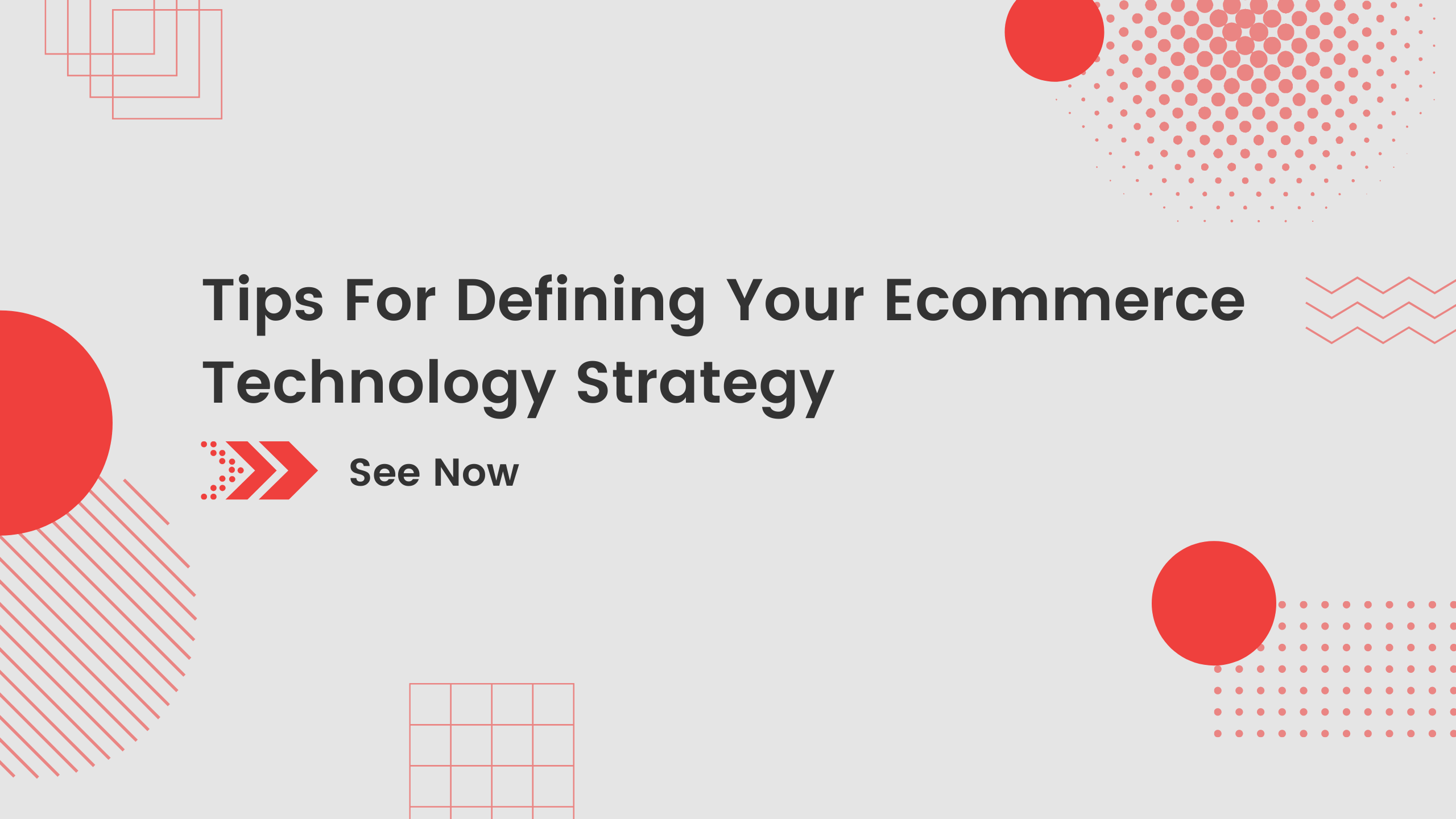The remarkable rate at which the digital world is expanding has an influence on every part of the business. The rise of data analytics and novel technology is providing a solid foundation for the e-commerce business to create improved consumer experiences. Today’s online retailers have a fantastic potential to capitalize on new technology developments and grow their businesses.
Now is the moment to amp up your game if you want to stand out among your rivals. Hence, in this article, we will cover effective technical ideas to boost your e-commerce firm in all aspects in order to get more prospective clients.

Top 6 technology tips for your e-commerce business
1. Optimize the user-friendly website
The primary goal of your online store is to create the finest user experience possible for website visitors (your e-commerce business potential customers). The following tips are the most important to do when it comes to user experience:
1.1. Boost your website’s speed
Web users want your site to load quickly, even on mobile devices. According to Kissmetrics, approximately half of them say they expect a website to load in two seconds or less and will abandon it if it does not load within three seconds. When it comes to keeping people on your site so they can decide if they want to do business with you, speed does matter.
There are various tools available to check your site speed, such as Pingdom and Google’s Page Speed Insights. These sites will also provide you with advice on how to speed up your website. Checking your server’s performance and optimizing any graphics are two basic things you can do to get started.
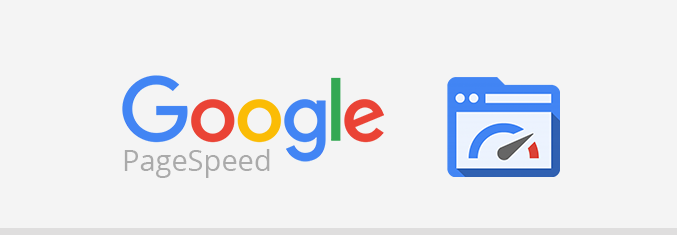
Source: Mondovo
1.2. Pay close attention to Call-To-Actions
Do you have powerful calls to action (CTAs) on your pages in strategic locations? Visitors who decide to buy or sign up for your newsletter want to know how to proceed. Make it simple by including a powerful CTA that is easy to find.
A clear call-to-action (CTA) is also necessary for making your site user-friendly. While it is obvious that your visitors would locate the CTA buttons, it would be beneficial to make the buttons interesting so that they will be motivated to click. You should never leave your visitors unsure of what step to take on a certain page.
Ensure that your website designer makes the call-to-action button clickable on every page so that visitors may be sent there. Download Now, Click Here to Order, Learn More, Get x product free, Contact Us are some of the appealing text-based call-to-action buttons.

Source: Vendor Stock
1.3. Catch your 404s
While search engines do not penalize you heavily for soft 404 errors (page not found), users will. When a user approaches a link or a picture, they expect it to lead them to the next location they wish to visit.
Simply explained, getting a 404 error page irritates your visitor and causes them to reconsider spending time on your website (when they probably could go elsewhere for a faster solution). Running into 404s, in addition to delayed page load times, is a very aggravating experience for a visitor and totally ruins their path through your website.
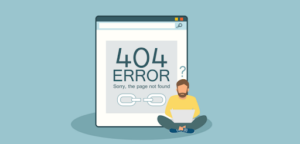
Source: Standfast Creative
1.4. Examine your website using various browsers
While your website is functioning well on Google, you should test it on other browsers. Many of your prospective clients use browsers other than Google. Hence, you should examine to make sure your website will appear the same in all browsers.
Try to test on different browsers such as: Firefox, Safari, and Internet Explorer, among other browsers. Check the site’s appearance on mobile devices to see how it looks and performs on Apple and Android.

Source: Medium
1.5. Take advantage of Augmented Reality (AR) and Virtual Reality (VR)
These cutting-edge technologies are supporting eCommerce firms in solving one of their most critical challenges: their consumers’ inability to try on or sample items before purchasing them. Customers may use AR and VR to visually test products, put furniture in rooms of their homes, and do other things. According to current projections, there will be 1.7 billion mobile augmented reality (AR) users worldwide by 2024, a 1.5 billion increase from the 200 million reported in 2015. By 2022, there will be an estimated 1.1 billion mobile AR users worldwide.

Source: SixSigmaStudio
2. Optimize Your eCommerce Website For Mobile Devices
In 2021, global mobile retail sales is predicted to reach $3.57 trillion, up from $2.91 trillion in 2020. It’s worth noting that consumers utilize mobile to investigate things they’re thinking about purchasing rather than just making purchases. As humans spend more than 3 hours a day active online on their mobile phones, the bulk of search inquiries and e-commerce store visits are now done through mobiles.
Your e-commerce business website should be mobile-friendly, with responsive web design and the navigation & buying experience tested to give the simplest navigation for mobile visitors, beginning with browsing different product pages and ending with purchasing on the checkout page.

Source: Square Media Agency
When it comes to optimizing your eCommerce website for mobile devices, the following are the most crucial things to remember:
2.1. Improve the speed of your website on mobile devices
You may use the following tools to examine the present state of your site:
- Pingdom: Pingdom, like the majority of the other rivals in our roundup, offers a wide range of monitoring capabilities, including site availability, real user monitoring (RUM), transaction tracking, alerts, and much more.
- TestMySite: This tool tests the site’s performance across devices, from mobile to desktop, and provides them with a list of precise solutions that may help their business connect with people online more rapidly, as well as free test results.
- PageSpeed Insight: This tool assesses the performance of web pages, provides a Page Speed Score to evaluate how the page is doing (range from 0-100, with 85+ being good), and makes recommendations on how to improve the page’s performance.
- WebPage Test: This open-source program will perform speed tests from numerous places across the world and across consumer connection speeds to deliver extensive information such as resource loading waterfall charts, page speed optimization checks, and improvement suggestions.
- Mobile-Friendly Test: Designed exclusively for mobile sites, this tool examines the site’s mobile-friendliness and focuses on criteria other than performance.

Source: The Opera Blog
2.2. Optimize image files for your website on mobile devices
Visual materials are incredibly helpful at conveying concepts and summarizing your ideas, thus they should be incorporated in some form or another. They can, however, be a significant barrier for mobile websites since they take longer to load than standard text.
Make sure the photos you post are suitably scaled to optimize your website for mobile. It implies that if your website includes huge or wide photos, you should calculate the largest pixel necessary and strive not to exceed it. Cropping your photographs to the suitable size is one of the simplest techniques to minimize image file sizes. To minimize the pixel, always utilize image optimizer programs such as tinypng.com or imagecompressor.com, among others.

Source: tinypng
2.3. Optimize front-end codes for your website on mobile devices
Front-end optimization is critical when it comes to page load time. The speed with which your page loads is mostly determined by the technological procedures that comprise a website’s performance. Front-end optimization includes file optimization as well. When you optimize files, you are optimizing your front-end.
Simply defined, front end optimization entails lowering file sizes and reducing the number of requests required to load a page. Along with file optimization, the following approaches are used to optimize front-end code: HTTP request reduction, compression of files, optimization of cache, minimization of code, image enhancement.

Source: Skillcrush
3. Ensure safe online shopping for your customers
Potential clients for your e-commerce business will be unwilling to explore your website or make a purchase unless they are completely secure in the security of your website. There are several e-Commerce security promises that may be used to build client trust, including:
- Purchasing an SSL certificate can convert your website into a safe online store, since it is used for encrypting sensitive information and making it available to only authorized users.
- Using “Two-Factor” authentication in payment procedures to validate payment codes via emails and mobile phones.
- Including a “Privacy Policy Statement” to assure visitors of the confidentiality of their personal information.
- Users are being asked for strong passwords that include capital, tiny, digits, and symbols.

Source: TheStreet
4. Optimize your payment options and gateways for online consumers
In March 2021, about 80% of online shopping orders were abandoned, owing to cumbersome payment processes that demand multiple non-adding value stages that urge online shoppers not to continue with their payments.
It is critical to include popular payment options such as PayPal and popular payment methods in each country where your potential customers originate in order to encourage them to complete the payment process, as well as a secure gateway (a third-party responsible for taking money from the customer and transferring it to your business bank account) to ensure greater security in money transfers.
Furthermore, e-wallets have been one of the business owners’ first choices for their clients. E-wallet users like this payment method since it is convenient when paying online, and the ability to purchase online is also a driving factor in their usage of e-wallets. This advantage aids in the reduction of complex or lengthy payment processes.
The benefits of e-wallets are obvious, since some studies have revealed that over a fifth of cart abandonments are due to difficult or delayed payment processes. E-wallet usage gives clients with simplicity of use and greater security, in addition to increasing sales and conversion rates for retailers. They no longer need to enter credit card information on websites or hand over credit cards to cashiers; moreover, many e-Wallets offer or demand twofold verification before usage.
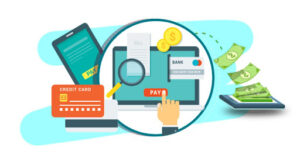
Source: Startup Pakistan
5. Optimize Your Website for Search Engines
There is a great opportunity for every e-commerce company to capitalize on when you develop and implement an appropriate search engine optimization (SEO) plan to get a better position in the search results of potential clients in order to generate more free organic profitable traffic.
When it comes to optimizing your e-commerce website (online shop) for search engines and users (website visitors), there are several factors to consider:
- Keywords Research: create a list of short, medium, and long-tail keywords used by your potential customers in search queries to be used in web content
- On-Page Optimization: focus on optimizing each page (Title – Meta Description – Headings – Content) to increase click-through-rate for search results and conversions for landing pages
- User Experience: focused on enhancing the navigation experience for website users so that they may easily explore desired product pages and related items until they complete a purchase with a connected website structure.
- Link Building Plan: Creating a link building strategy in order to obtain more external links from websites and online communities with an audience interested in what your e-commerce firm has to offer.
- Website Maintenance: Use webmaster tools such as Google Search Console to undertake regular website maintenance and performance monitoring in order to keep downtime to a minimum and prevent losing clients to other e-commerce sites.

Source: Search Engine Journal
6. Take advantage of Google Analytics to track the performance of your website.
You may use Google Analytics metrics and reports to provide important data on the following flaws in your e-commerce business websites:
- The volume of visits to the online store on a daily, weekly, monthly, quarterly, and yearly basis
- Demographics of the audience (age – gender – geolocation – interests – devices utilized)
- The sources of visitors to your website (returning visitors – search engines – social media channels – referral websites)
- Buyer behavior (average session time – average number of pages visited per session – bounce rate – completed conversions)
- Comparisons of long-term performance throughout various time periods
- Tracking advertising campaigns in terms of visit volume and average income per transaction
You will be able to get a valid appraisal of your e-commerce business performance using the analytical information supplied by Google Analytics.
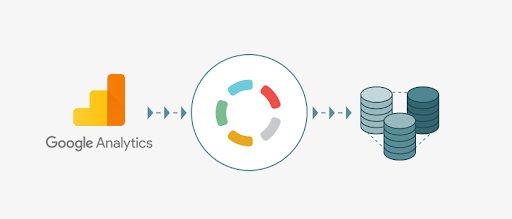
Source: e-Service
Optimizing any e-commerce firm is a multi-step procedure that is not overly difficult. Once a deep grasp of the industry has been unlocked, it becomes simpler to respond to the customer’s continuously changing wants. The firm should thrive as long as the website is user-friendly, with facts appropriately set out, and pricing that matches market demand and supply chain. With Kyanon Digital‘s support, we will help you position your e-commerce firm to create a strong technological plan that will make your business more competitive and motivate customers to take action, without requiring more from your team.
